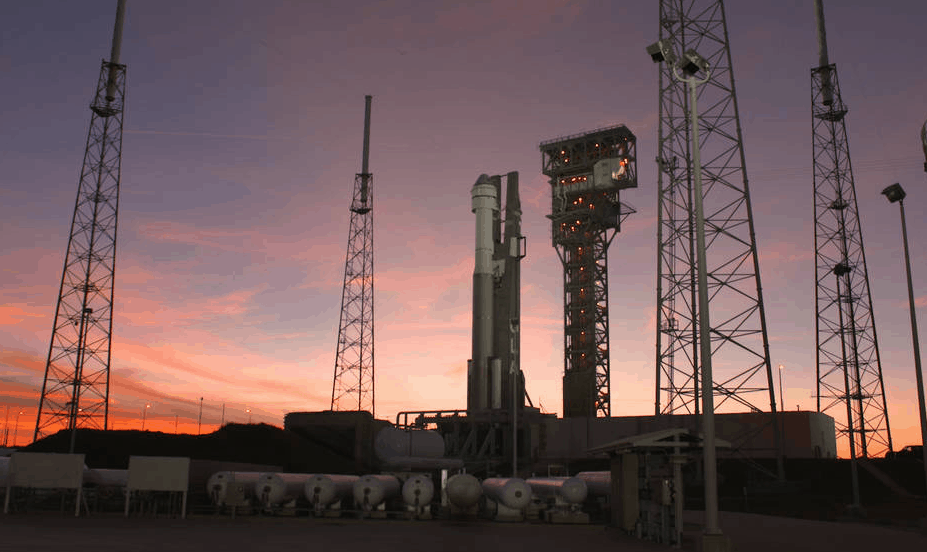
A Chinese-born Canadian citizen said he was flying his drone in January to photograph sunrises and nature on the coast. But according to new court documents, Xiao Guang Pan took more than 250 videos and photos of Cape Canaveral Space Force Station (CCSFS).
Federal authorities found footage that captured a submarine wharf, munitions bunkers, a payload processing facility, security checkpoints and more.
Pan is now pleading guilty to three counts of using an aircraft for the unlawful photographing of a defense installation without authorization, according to his plea agreement filed last month in U.S. District Court that releases new details in the federal case.
Each count carries a maximum sentence of one year of prison and a $100,000 fine, according to federal court records.
His sentencing hearing is scheduled for Oct. 1 in Orlando.
The 71-year-old, who was born in China, had been visiting the United States on a tourist visa.
Pan was out on the coast shooting pictures with his drone from a parking lot at Port Canaveral when he captured the attention of authorities.
The military facility used for U.S. Department of Defense and defense contractors’ space launches is also home to U.S. Navy submarine wharfs operated by the Naval Ordnance Test Unit, according to federal court records.
Federal authorities searched Pan’s footage and determined that he had flown his DJI Mavic Pro 3 nine times and taken nearly 2,000 photos and videos between Jan. 5 and 7.
“Of those photos and videos, 243 photographs and 13 videos showed military infrastructure at Canaveral Space Force Station,” his plea agreement said.
For instance, according to court records, Pan took two videos and 21 photos Jan. 5 of the military installation from several miles away using a telephoto lens. Some of the photos “depicted a Space Launch Complex and payload processing facilities operated by two defense contractors,” his plea agreement said.
The following day, Pan moved several miles closer and continued documenting the space force station, taking nine more videos and 166 photographs, according to court documents.
“These photographs and videos captured the same military infrastructure as on January 5 in higher quality and from different angles,” his plea agreement said.
By Jan. 7, the day he was caught by law enforcement, he had launched his drone “from Class D controlled airspace, just outside the CCSFS restricted airspace border, without receiving FAA approval,” the plea agreement said.
“During this flight, Pan captured images and videos of roads, power distribution infrastructure, security checkpoints, mission control infrastructure, national security space launch infrastructure, fuel and munitions storage, and naval infrastructure within CCSFS.”
Pan denied seeing any launch pads and said he did not know he was near a military facility. He also argued his drone hadn’t sent him warnings or alerts when he was flying it.
But the evidence proved otherwise, according to court records.
Investigators found screenshots on Pan’s cellphone of Google Maps satellite images of Cape Canaveral from where his drone took off. The screenshots prominently displayed the words “Cape Canaveral Space Force Station,” the plea agreement said.
Recovering the drone’s flight data also proved that Pan had indeed received messages and alerts about the airspace violations, the plea agreement said.
The new court records also raise questions about the complexity of the case.
“The above is merely a summary of some of the events, some of the persons involved, and other information relating to this case. It does not include, nor is it intended to include, all the events, persons involved, or other information relating to this case,” the plea agreement said.
Federal prosecutors did not respond to a request for comment on whether more people are going to be charged.
After the criminal charges were filed, Pan was released because he asked the courts for permission to travel back home to Ontario for medical treatment. Pan has coronary artery disease and a history of diabetes and other medical issues, according to a court filing.
Pan’s Instagram account describes him as a “licensed drone pilot” and shows aerial pictures of lakes, nature and urban areas.
Pan’s defense attorney and prosecutors from Middle District of Florida did not immediately respond to a request for comment or declined to comment on the plea deal Tuesday.



